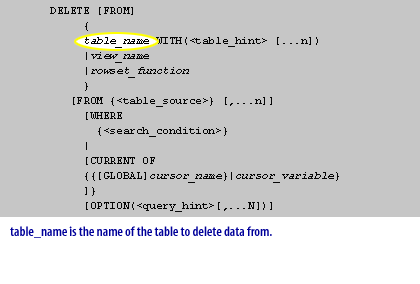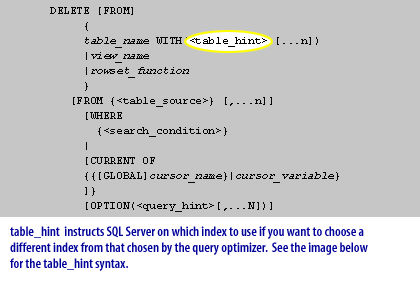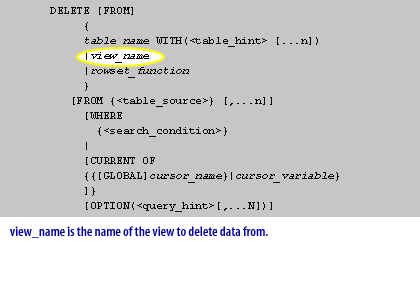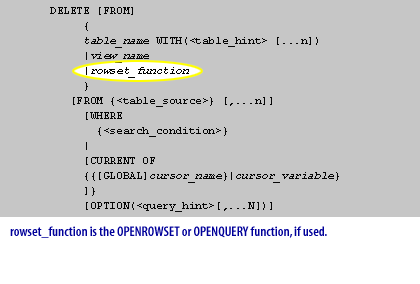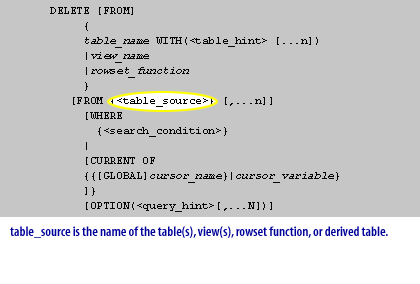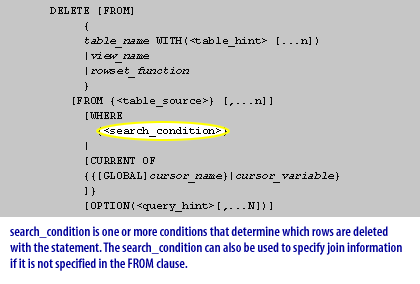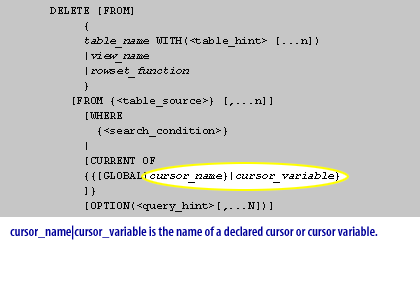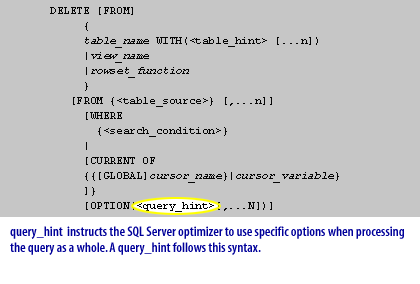1) Syntax of the DELETE Statement in Transact-SQL for SQL Server 2019:
The DELETE statement in Transact-SQL is utilized to remove one or more rows from a table or view in SQL Server 2019. The general syntax of the DELETE statement is as follows:DELETE FROM [table_name] WHERE [condition];
- table_name: This is the name of the table from which rows will be deleted.
- condition: This is a predicate to determine which rows should be deleted. Only the rows that satisfy this condition will be removed.
It is crucial to note that the WHERE clause is optional, but omitting it will result in all rows being deleted from the table. This highlights the importance of always verifying your DELETE statements, particularly the WHERE clause, to ensure that only the intended rows are removed.
1) Steps to Delete Data using Transact-SQL in SQL Server 2019:
To delete data using Transact-SQL in SQL Server 2019, follow these steps:
- Connect to the Database:
- Open SQL Server Management Studio (SSMS) or your preferred SQL client.
- Connect to the SQL Server instance hosting your database.
- Open a New Query Window:
- Navigate to the 'File' menu, select 'New', and then choose 'Query with Current Connection' to open a new query window.
- Write the DELETE Statement:
- In the query window, write your DELETE statement, specifying the table name and the condition to identify which rows should be deleted.
- Make sure to carefully define the WHERE clause to avoid accidental deletion of unintended rows.
- Execute the Statement:
- Review your DELETE statement thoroughly to ensure accuracy.
- Execute the statement by clicking the 'Execute' button or pressing F5.
- Verify the Deletion:
- After executing the DELETE statement, verify that the correct rows have been deleted.
- You can do this by executing a SELECT statement before and after the DELETE operation to compare the data and confirm the changes.
DELETE FROM Orders WHERE Status = 'Cancelled';
This command will remove all rows from the 'Orders' table where the 'Status' column is equal to 'Cancelled'.
The DELETE statement in Transact-SQL provides a straightforward method for removing data from tables in SQL Server 2019. It is imperative to exercise caution, especially when defining the WHERE clause, to ensure that only the intended data is deleted. Due diligence in reviewing and verifying your DELETE statements is essential to maintaining data integrity and avoiding unintended data loss. Additionally, considering backup options or transaction control mechanisms can provide an extra layer of security when performing deletion operations.
